The spring has arrived – anticipated, sunlit, warm and crisp. Nature has woken up for new life and this is comes with new ideas about ways to spend weekends and holidays in the open. The sun has banished the grey hues of winter and blooming spring flowers have reminded us that this is the most colorful and rewarding season of the year.
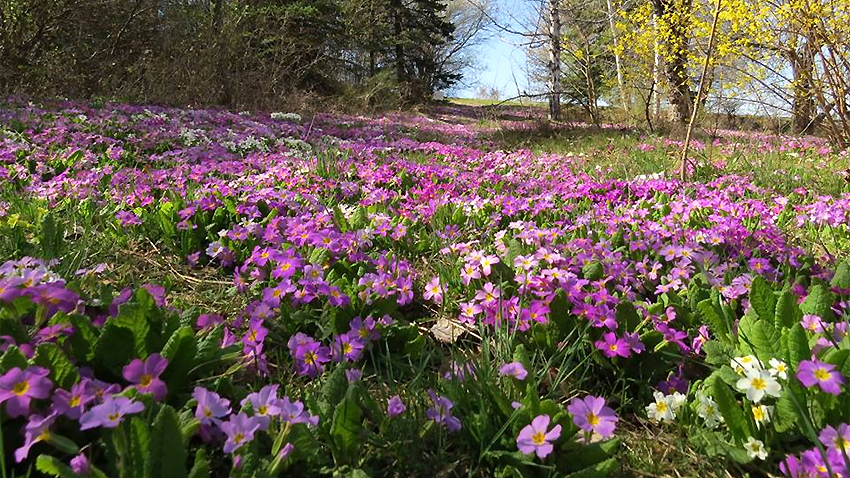
Spring abounds in festive days, and one of them is Palm Sunday which is Tsvetnitsa in Bulgarian – or Flower Sunday. It is celebrated by all whose names are flowers and also by people whose occupation is related to growing plants.
Tsvetnitsa is also the day that sees a record number of visitors at the Sofia Botanical Garden at the Bulgarian Academy of Sciences. It is located at the foot of Mount Vitosha and offers a stroll in the company of both traditional and exotic plant species. This year the winter was cold and long but thanks to the daily care of specialists not a single flower has died in the Botanical Garden.
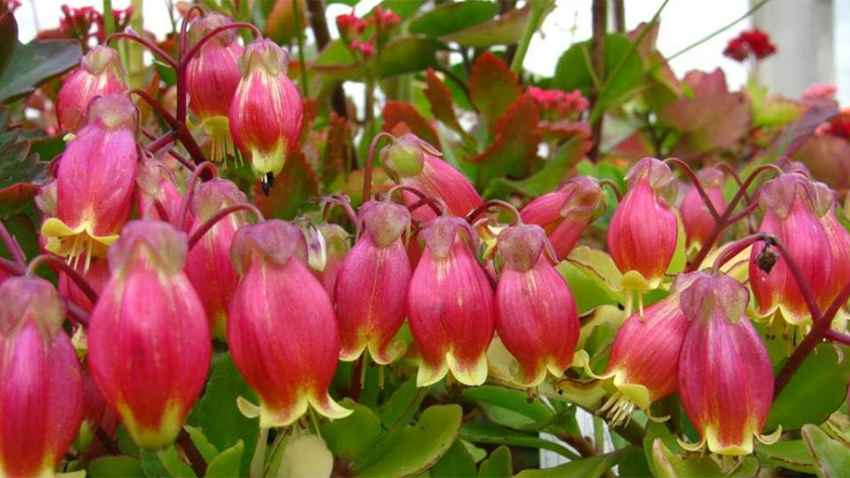
Outside the greenhouses, there are primroses and small violets blooming in the open, and recently there is also the forsythia – the yellow bush, which is one of the symbols of spring in the city of Sofia. Traditionally, on Palm Sunday /this year on April 9 / the Botanical Garden opens its doors for free visits. "We are now fully dedicated to the beauty of blooming plants", says Antoaneta Petrova, who for many years has been the director of the Botanical Garden at the Bulgarian Academy of Sciences.
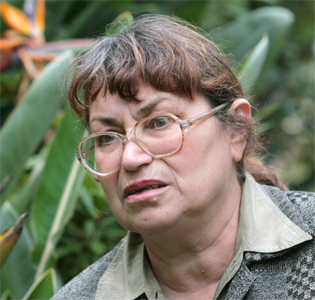 „For me this is one of the most rewarding days of the year when people who really love flowers come over to visit. Everybody is smiling and happy. After the Easter holidays we are looking forward to Earth Day and from 22 till 29 April we organize a series of consultations on how to plant and take care of plants. Because of the specifics of Bulgaria’s climate which is dry during the summer and does not allow rich blossoming of many plants, Bulgarians prefer spring flowers grown in the garden. A blossoming garden outside the house pleases the eyes with the lovely primroses, tulips, daffodils and hyacinths. These are the favorites of the nation.
„For me this is one of the most rewarding days of the year when people who really love flowers come over to visit. Everybody is smiling and happy. After the Easter holidays we are looking forward to Earth Day and from 22 till 29 April we organize a series of consultations on how to plant and take care of plants. Because of the specifics of Bulgaria’s climate which is dry during the summer and does not allow rich blossoming of many plants, Bulgarians prefer spring flowers grown in the garden. A blossoming garden outside the house pleases the eyes with the lovely primroses, tulips, daffodils and hyacinths. These are the favorites of the nation.  Orchids have recently become the darlings of urban residents. There are keen collectors who have been searching the web for more information about them. Urban dwellers also love the pelargoniums, because they are resilient and easy to grow. More demanding are indoor violets. Of them the Orpheus flower or Rhodope haberlea is found in wild nature and this is a very ancient species.”
Orchids have recently become the darlings of urban residents. There are keen collectors who have been searching the web for more information about them. Urban dwellers also love the pelargoniums, because they are resilient and easy to grow. More demanding are indoor violets. Of them the Orpheus flower or Rhodope haberlea is found in wild nature and this is a very ancient species.”
Red peonies, water lilies and snowdrops have been known in our lands since ancient times. Their beauty is praised in songs and legends. "The peony was a flower for admiration in ancient China, but the way it was venerated is different there, in ancient Greece and in Bulgaria. For Bulgarians the peony was a divine flower” says Antoaneta Petrova. She points out that today the peony is a symbol of the month of May, when Bulgarians celebrate the Day of the Slavonic Alphabet and Bulgarian Culture.
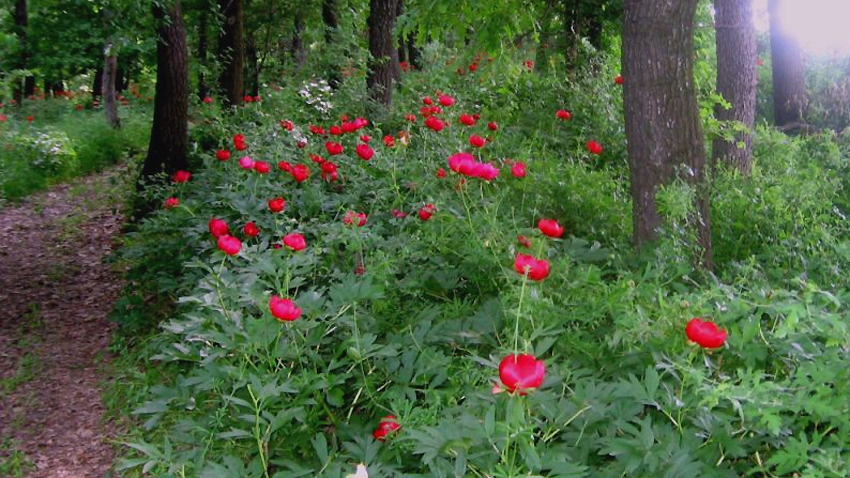
"The country has many protected areas with habitats of the common peony. There are large areas with peonies in Northern Bulgaria, and near Sofia, in the suburb of Bozhurishte whose name derives from bozhur (peony). I often take groups of Japanese tourists there and peonies are the greatest attraction for them. Now I notice that young people are keen on wild flowers. They take a lot of photos of them. Sometimes they surprise even us, botanists, by taking pictures of deposits of very rare species of wild plants. The country has many amateur photographers who shoot many more varieties of crocuses than we, botanists, have ever seen.”
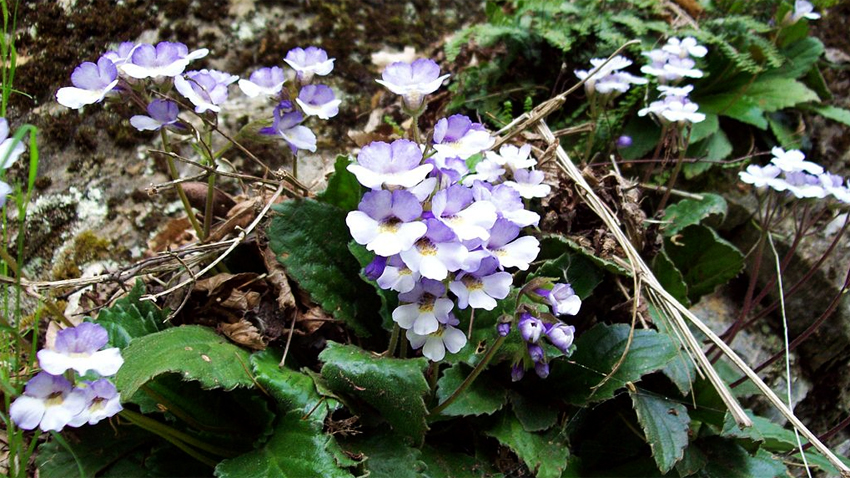
“One of the nice changes in Sofia in recent years has been planting more flowers in its central parts. Increasingly we see well-maintained communal gardens and parks”, remarks Antoaneta Petrova. According to her, this is a way to get closer to the rest of Europe and other European capitals. "Bulgaria continues to be a debtor to the capital and Sofia remains a city where there is a need for a well-organized botanical garden" , expert Antoaneta Petrova argues:
„On the one hand we see more flowers in communal gardens but on the whole the total share of green areas has declined. There is a lot of construction cutting away chunks of green areas. There are residential quarters where the area of green spaces has declined manifold for the past 20 years.”
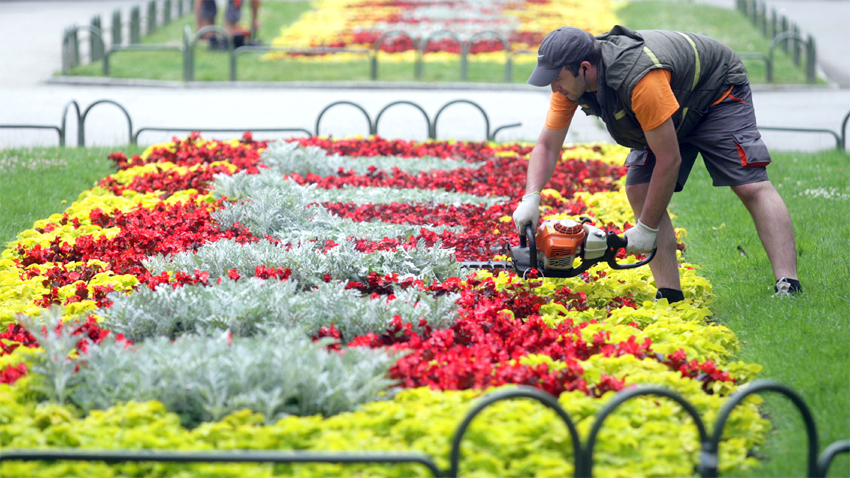
English Daniela Konstantinova
Photos: Sofia Botanical Garden, BGNES and archiveResidents and visitors to Sofia will have the opportunity to learn more about Bulgarian scientists working in Antarctica and their important role in the exploration of the continent. The exhibition "Antarctic People - Caring for the Earth" by BNR..
Looking and feeling your best doesn’t have to come at a high price — especially in Bulgaria. The country has become a rising star in beauty tourism, offering top-tier salon services at prices that won’t break the bank. Whether you’re a local or a..
In 1992, a child from Georgia packed her entire life into a small black canvas bag to escape the horror of the bombs… The war through her eyes and the most terrible memories that mark her entire life are described in the..
Only on the Day of Bravery and Holiday of the Bulgarian Army (May 6), we will provide our visitors with the opportunity to enter three..
According to Bulgarian Orthodox tradition, it is customary on major Christian feast days to make a voluntary offering known as kurban. In general, this..

+359 2 9336 661
